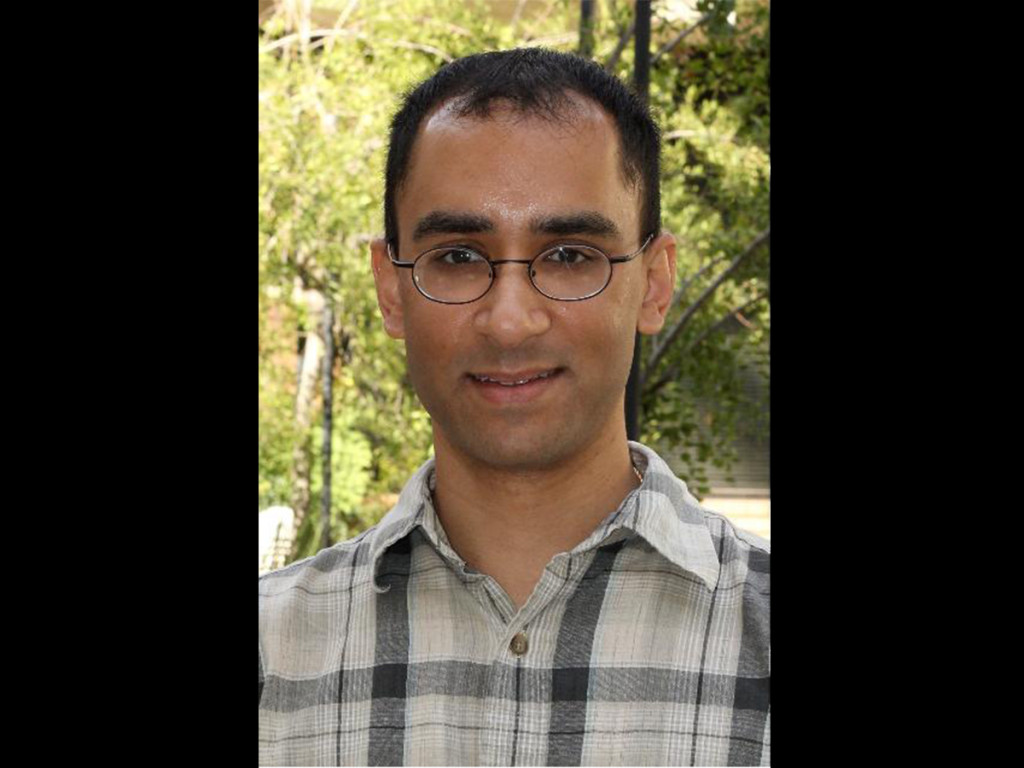
Assistant professor in UCR’s department of physics and astronomy, Naveen Reddy, has recently published two papers discussing his research explaining why the universe has the ability to become transparent.
Reddy’s research was performed using a model that compared the quantity of gas content found in galaxies scales to the amount of interstellar dust found in the universe. Some parts of the galaxy consist of areas with little gas and are directly visible, while others areas are the opposite and contain large amounts of gas that create non-transparency and effectively ionize radiation. How radiation ionizes is crucial to the way that galaxies form and evolve.
Reionization results in the universe heating up, which counteracts the hydrogen gas that must be present for stars to cool. “Reionization is caused by ionizing radiation escaping from galaxies and ionizing hydrogen. Directly measuring the amount of ionizing radiation in galaxies is difficult, so our model connects this quantity to ones that are more easily measured, such as the interstellar dust content,” Reddy elucidated.
The model was created to predict how much ionizing radiation is escaping from galaxies through displayal of a physical “red” or dusty appearance on a low-resolution imaging spectrograph at the W.M. Keck Observatory in Hawaii. Research for this model links back to an estimated 400,000 years after the Big Bang prior to the formation of stars and galaxies and in the presence of dark matter, which include hydrogen and helium. The occurrence of reionization, in which hydrogen is ionized, led to the “Epoch of Reionization” that began the period of star and galaxy formation.
Going into the future, Reddy expects to expand the model in order to observe other relationships such as those between ionizing radiation and stellar mass and star formation rate. “We will also be expanding the model to fainter galaxies which are believed to have larger ionizing escape fractions,” Reddy explained. “With this expanded model, we will be in a better position to calculate how much ionizing radiation escapes from galaxies with different properties, and whether this amount of radiation is sufficient to ionizing the hydrogen in the Universe.”
Reddy, who led a team of collaborators in this research, earned his Ph.D in astrophysics from the California Institute of Technology (Caltech) in 2006, and has previously served as an Alfred P. Sloan Research Fellow at UCR. Colleagues that worked with him on the model include Charles Steidel of Caltech, Max Pettini of the University of Cambridge, Alice Shapley of UCLA and Milan Bogosavljevic of the Astronomical Observatory of Belgrade.








